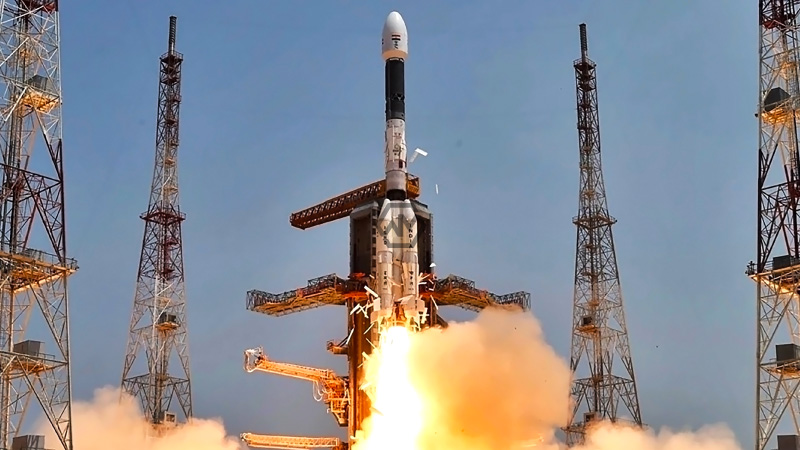The second-generation navigation satellite was successfully launched by the Indian Space Research Organisation (ISRO) on Monday utilizing a GSLV rocket with a cryogenic upper stage. NVS-01 would improve the nation’s regional navigation system by offering precise and immediate navigation.
After a 27.5-hour countdown, the three-stage, 51.7-meter-tall Geosynchronous Satellite Launch Vehicle launched from the second launch pad at this spaceport, which is 130 km from Chennai. It was GSLV’s fifteenth flight.
2G Navigation Satellite
The continuation of NavIC (Navigation with Indian Constellation) services, an Indian regional satellite navigation system comparable to the GPS that offers accurate and real-time navigation, would be ensured by the second-generation navigation satellite series, termed as a crucial launch.
NavIC signals are made to be more accurate in their timing and position to the user by more than 50 nanoseconds and better than 20 meters, respectively. S Somanath, the chairman of ISRO, praised the entire crew for the “excellent outcome” of the mission.
- ISRO launches NVS-01 to improve the navigation system.
- GSLV launches 15th flight from Chennai spaceport.
- GSLV successfully launched NVS-01 into orbit.
The GSLV successfully launched NVS-01 into a precise orbit. In his post-launch remarks from the Mission Control Centre, he expressed his congratulations to the whole ISRO team for completing the mission.
He referred to the problem in the cryogenic stage of the launch vehicle in August 2021, which prevented the then mission from being realized, as the “GSLV F10 debacle,” and stated today’s success followed it.
NVS-01, a second-generation satellite with more features, was successfully launched by ISRO. It has two services, Standard Position Service (SPS) for civilian customers and Restricted Service (RSS) for strategic uses, as well as an in-house produced rubidium atomic clock.
The mission, which is the GSLV’s sixth operational flight using locally produced cryogenic stages, is anticipated to last more than 12 years. Similar navigation satellites, such as IRNSS-1A, IRNSS-1B, IRNSS-1C, IRNSS-1D, IRNSS-1E, IRNSS-1F, IRNSS-1G, IRNSS-1H, and IRNSS-1I, have already been launched by ISRO.



